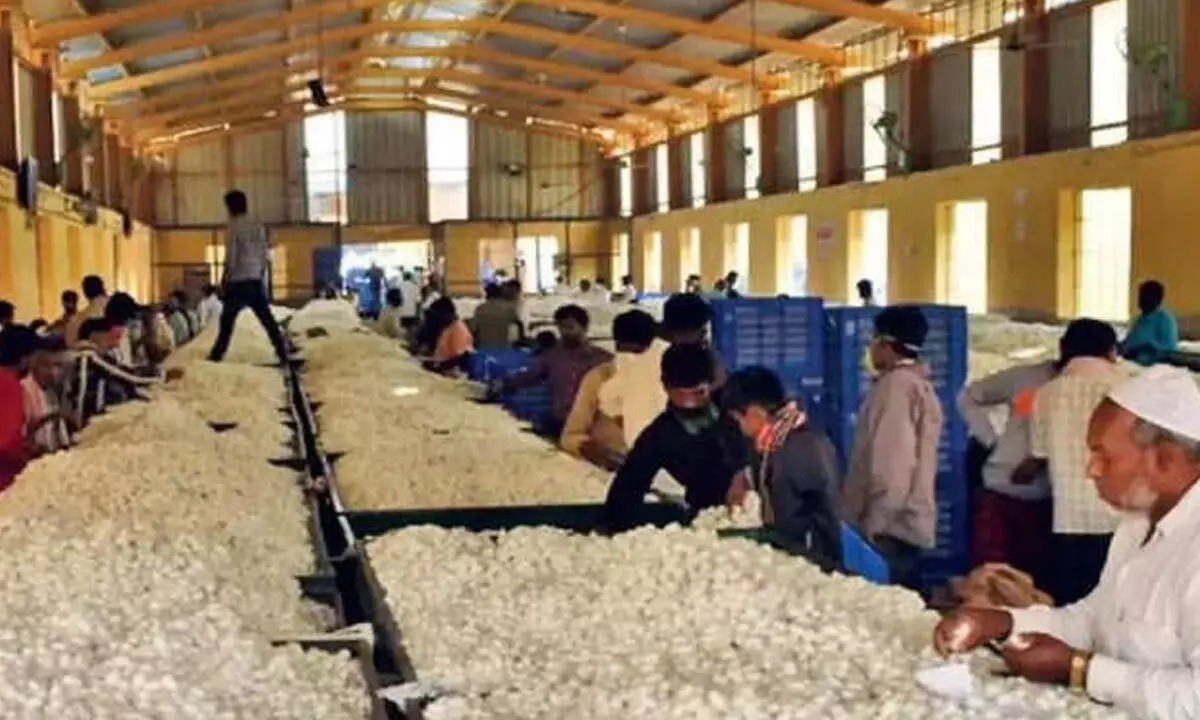Crop insurance now available for sericulture farmers

In a significant development for sericulture, the long-awaited dream of obtaining crop insurance for silk farmers has finally become a reality
Bengaluru: In a significant development for sericulture, the long-awaited dream of obtaining crop insurance for silk farmers has finally become a reality. This outcome is the result of years of advocacy and persistent efforts by silk farmers in the region.
A meeting held at the office of the Chief Commissioner of Sericulture discussed a report submitted by a committee regarding silk crop insurance for sericulture realtors involved in silk farming. Officials received positive feedback from stakeholders, including silk farmers, reelers, insurance companies, and egg producers, indicating that sericulture insurance may soon be available.
Crop insurance is crucial for sustainable sericulture development, risk management, market access investment incentives, and ensuring economic stability for silk farmers. However, due to the lack of interest and motivation from insurance companies and governments, as well as various other reasons, insurance was not previously accessible to silk farmers.
Farmers have been facing economic hardships due to price crashes, diseases affecting mulberry plants and silkworms, as well as pest infestations that threaten the entire crop. Instances of defoliation of mulberry fields and loss of silkworms have been prevalent, creating financial distress for thousands of families relying on silk farming. With the introduction of an insurance system, silk farmers will gain greater confidence to adopt new technologies, enhance productivity, breed high-quality silkworm strains, and invest in efficient irrigation systems. Expanding insurance facilities is expected to foster innovation and increase productivity in sericulture.
Eligible beneficiaries for insurance include farmers involved in mulberry cultivation, registered silkworm rearers, certified egg producers, and accredited reeling centers. The government is expected to release official information concerning eligibility criteria, insurance premiums, compensation amounts, and terms related to the insurance schemes soon.
Along with the committee’s report, silk farming stakeholders have requested that more demands be included within the insurance coverage. They have proposed that silk producers register for insurance support for the upcoming year between January 1 and March 31, which could contribute positively to the growth of sericulture.
Key statistics of sericulture in the State:
l Area under Sericulture:112,658 hectares
l Number of Sericulture Farmers: 138,000
l Major Planting Zones: Mysore planting zone, dual-crop zone
l Institutions: 34 government sericulture departments, 6 central sericulture boards, 142 private silkworm rearing centers
l Annual Silk Egg Production: Approximately 120 million
l Estimated Cocoon Production: 83,310 metric tons
l Leading Districts: Ramnagar, Kolar, Chikkaballapur
l Silk expansion in other districts: Excluding coastal and hilly regions
As this new era of insurance begins for sericulture farmers, it holds great promise for the sustainability and growth of the silk industry in the region.














